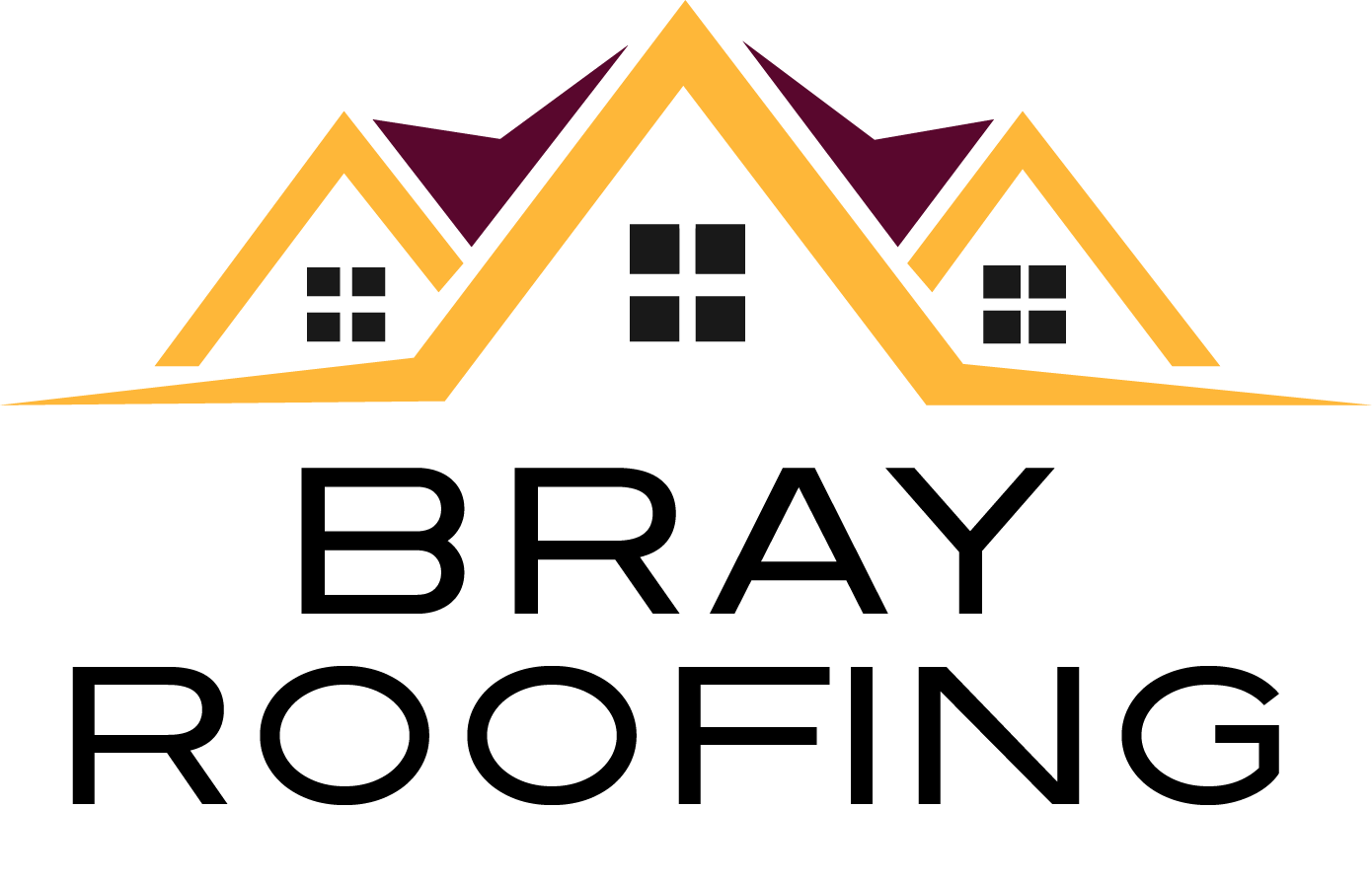DEPENDABLE & QUALITY
ROOFING/RENOVATION Solutions
Committed To Roofing
Excellence For 15+ Years
DEPENDABLE & QUALITY
ROOFING/RENOVATION Solutions
Committed To Roofing
Excellence For 15+ Years
Privacy Policy
🌟 Introduction
Roofing By Bray is committed to protecting the privacy of our users. This Privacy Policy outlines how we collect, use, disclose, and safeguard your information when you visit our website or use our services.
🌟 Information We Collect
Personal Information: We may collect personal information such as your name, email address, phone number, and address when you fill out forms on our website or contact us.Non-Personal Information: We also collect non-personal information, including browser type, IP address, pages visited, and device information, to improve our website and services.
🌟How We Use Your Information
Personal Information: We use your personal information to communicate with you, process your requests, provide services, and improve our offerings.Non-Personal Information: Non-personal information is used for analytical purposes, to enhance user experience, and for marketing and advertising efforts.
🌟Information Sharing
We do not sell, trade, or rent your personal information to third parties. However, we may share your information with trusted partners and service providers who assist us in operating our website and providing services to you.
🌟Data Security
We implement industry-standard security measures to protect your information from unauthorized access, alteration, disclosure, or destruction.
🌟Third-Party Links
Our website may contain links to third-party websites. We are not responsible for the privacy practices or content of these websites. We encourage you to review the privacy policies of any third-party sites you visit.
🌟Children's Privacy
Our services are not directed at individuals under the age of 18. We do not knowingly collect personal information from children. If you believe that we have inadvertently collected information from a child, please contact us to remove the information
🌟Changes to Privacy Policy
We reserve the right to update or modify this Privacy Policy at any time. Any changes will be effective immediately upon posting on our website. We encourage you to review this Privacy Policy periodically
🌟Contact Us
If you have any questions or concerns about our Privacy Policy, please contact us at
[Call 513-900-0861]
[Email: Jeff@RoofingByBray.com]
Need roof service?
Please call or click below!
At Bray Roofing and Renovation, we have a team of agents ready to help.. Call today to start your roofing project!
FAQ'S
What are common roofing problems?
-Leaks or water damage
-Poor installation or workmanship
-Roof punctures or penetrations
-Cracks or breaks in roofing materials
-Clogged gutters or downspouts
-Damage from fallen trees or other debris
-Ponding water on flat or low-sloped roofs
-UV damage or wear and tear over time
What is the typical life expectancy of a roof?
The typical life expectancy of a roof depends on various factors, including the type of material, quality of installation, and climate conditions. Asphalt shingle roofs, for example, typically last around 20-25 years, while metal or tile roofs can last upwards of 50 years or more with proper maintenance.
What to do before roofing?
-Schedule a roof inspection to determine if a replacement is necessary
-Research roofing materials and choose a suitable option based on their preferences and budget
-Obtain necessary permits and approvals from their local government or homeowners association
-Clear the work area around their home to provide easy access for the roofing crew and protect landscaping or outdoor items from damage
-Make arrangements for pets or children to be kept safely away from the work area
-Discuss any specific concerns or requests with their roofing contractor prior to the start of the project.

